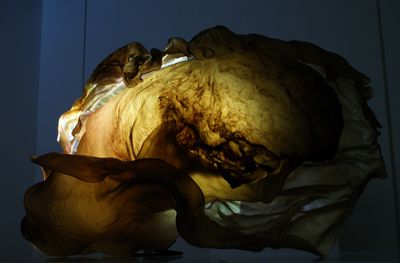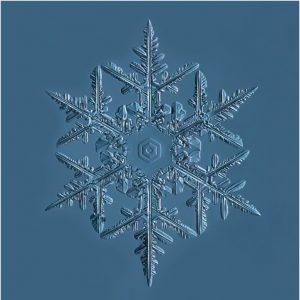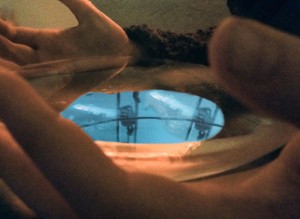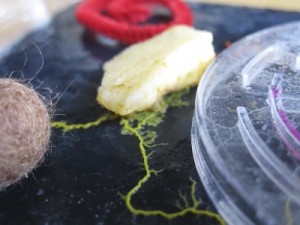
Stehlikova & Driscoll, Threshold (detail, 1) 2012 – Image courtesy of the artists and GV Art gallery, London
Exhibition Through to – 5th October 2013, Daily from 11am – 6pm www.gvart.com
September was the right month for Generation to have opened at GV Art, coinciding with the gradual onset of autumn; leaves falling and days shortening. Artists Rosalyn Driscoll and Tereza Stehlíková began this collaboration with a shared resonance for the Greek myth of Demeter and Persephone. I too recently fell for this story while at a Martha Wainwright concert, hearing her urgent lyrics “come home to mama”, which reference Demeter’s desperate plea for the return of her daughter, kidnapped by Hades and taken to the underworld. In despair for her lost offspring, harvest-goddess Demeter caused the earth to become barren, nothing growing. Eventually Hades was forced to return Persephone, and vegetation flourished again. The story goes that for several months a year Persephone must return to the underworld; the earth again is bleak, winter sets in, and so we have the cycle of the seasons. In late summer the ancient Greeks would perform the Eleusinian Mysteries, rites granted by Demeter for reconciliation with death and expectations of the afterlife.
Themes incorporating cycles, and balanced oppositions or harmonies recur within the resulting installations, from birth and regrowth, through love and loss, to conflict and transformation. The artists began their work separated by oceans, anticipating that their pieces would be combined, with Stehlíková’s films projected upon Driscoll’s rawhide sculptures when in the same country, but neither initially knowing how this would unfold.
A further crucial theme for both, as with Demeter and Persephone, was the precious relationship between mother and daughter. Stehlíková approached this collaboration by travelling to a family home in Bohemia with her daughter, mother and grandmother. Her resulting footage captured many everyday activities of the generations, including laughter and tension. Often the most touching clips are simple domestic moments, when someone turns their back to leave a room, or an old telephone and jars of paintbrush’s shown by a window sill. In one such moment in Threshold a projected woman climbs a set of stairs from a cellar and apparently steps out of Driscoll’s sculpture. The rawhide is translucent and golden, honeyed and haunting. Shaped to form glowing organic enclosures, these shells appear to simultaneously express both eerie feelings and act as safe cavity or cocoon. Driscoll commented that when she receives it, the rawhide is wet and already transparent; over days of molding, it can be manipulated but not controlled: “a bit like life”. Indeed, apparently rawhide can be easier to work with depending on the season Demeter has given us, but it will always carry a rich golden colour. The creases formed are reminiscent of fallen petals, folding as organic monuments to the time of harvest, gently nudging these time-hardened hides into a sense of motion.
The interaction between Stehlíková’s films and Driscoll’s under-lit sculptures is probably the most powerful element of the exhibition. The basement gallery space is dark except for these few sculptures, levitating on Perspex platforms or hung from the ceiling. Alone, the projections tell their own stories, as in In The Field, a film with a sense of peace, viewed as entering the gallery at ground level. Some sculptures too are more detached in their embodied appearance. But the combinations resulting from these women’s sensory explorations succinctly capture the duality of both sorrowful emotions, as sensed in Wainwright’s lyrics where Demeter “has turned every field into stone, where she walks, crying alone”, as well as those of joy expressed in the Greek myth and the life of any family.
www.gvart.com
Words: Dr Megan Dowie Girdlers’ NZ HRC Research Fellow University of Oxford www.mrc.ox.ac.uk







